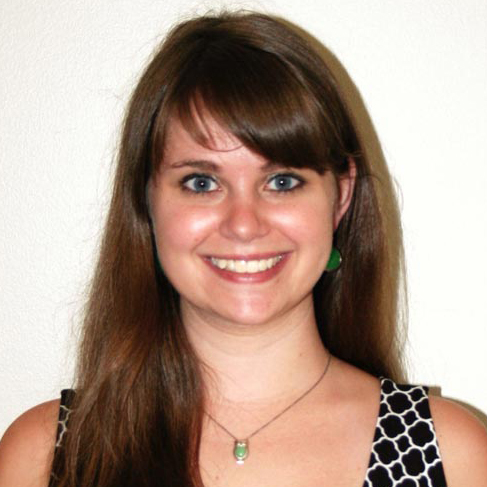SmArts
August 15-21, 2016
Unfinished Business: a visit to the Parrish
By Molly Rector
The Parrish Art Museum was founded in Southampton, N.Y., in 1897, years before tourism was the primary source of income for Long Island’s East End. In their mission statement, the board of trustees writes that the museum is inspired by and meant to engage with the natural beauty of the area. It’s true that the building is beautiful. The current space, which was designed by architects Herzog and de Meuron, opened its doors in 2012 when the museum moved to the town of Water Mill, seeking a larger space better suited to their growing collection.
The current exhibition, Unfinished Business: Paintings from the 1970s and 1980s by Ross Bleckner, Eric Fischl, and David Salle, explores the work of three painters who studied together at the California Institute of the Arts in the 1970s. Taken together, the 23 canvases and 17 works on paper that comprise the exhibit are meant to showcase the development of the painters in relation to one another, while also exploring each artist’s “distinct styles, philosophies, and convictions.”
Fischl often foregrounded objects to disbalance the viewer’s sense of scale and closeness to the subject, while Bleckner seems to engage the viewer in seeing the canvas as its own space, inviting the viewer to feel as if she is able to go inside of the painting, making it more like a doorway than a window.
While it is interesting that these three artists do, indeed, paint very differently from one another, I would be curious to see another kind of contrast as well. Many of the works by Salle and Fischl focused on intimacy and human relationships, often featuring female models in revealing or sexualized positions. So I’m curious, for example, what their women contemporaries were painting at the time, and how seeing works by women might change the conversation in which these artists seemed to be attempting to engage.
That said, part of the Parrish Museum’s mission is to present exhibitions in ways that put works of art in conversation with one another, rather than simply categorizing. (The latter is an impulse I’ve criticized in Bentonville’s Crystal Bridges.) I do think this exhibit successfully put these three artists in conversation with one another, particularly as they navigated intimacy of space.
Molly Rector is a staff writer for the Daily Record. Contact her at molly@dailydata.com.



